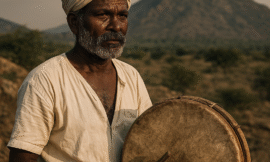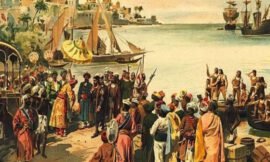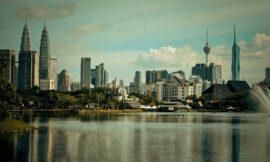Introduction
Penang Island, a shimmering jewel off Malaysia’s northwest coast, is more than just a paradise of colonial charm, tantalizing street food, and cultural diversity. Beneath its modern allure lies an ancient history shaped by the tides of trade and migration. Long before British colonial rule, Tamil merchants, seafarers, and settlers from South India played a pivotal role in shaping Penang’s identity. From the 12th century onwards, their influence can be traced through thriving trade networks, architectural imprints, and enduring cultural traditions. This article delves into the fascinating legacy of Tamil connectivity, uncovering how their presence helped shape Penang into the vibrant melting pot it is today.
Part 1: The Origins of Penang Island
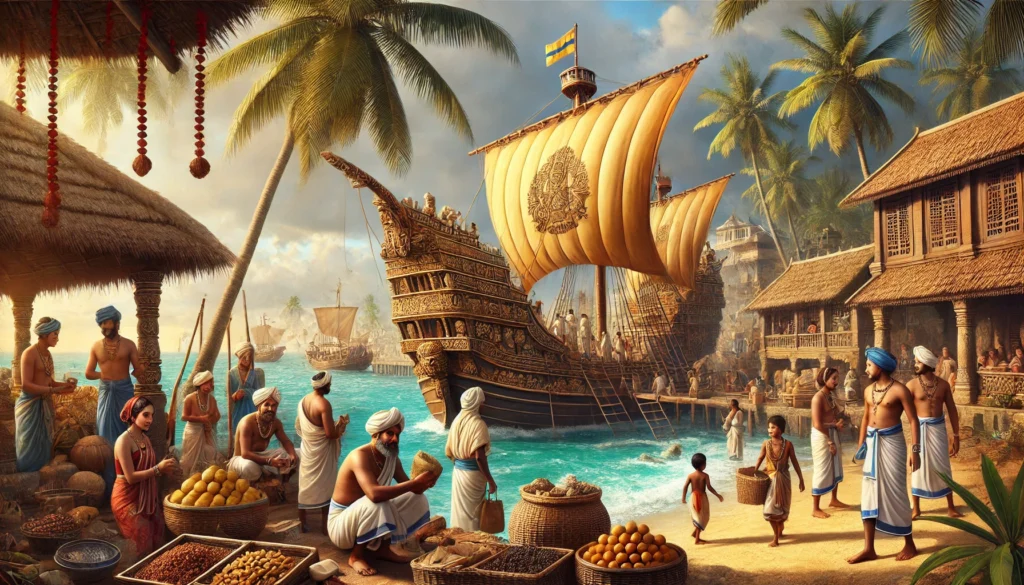
Geological Birth and Early Inhabitants
Penang emerged around 300 million years ago as part of a volcanic arc. By the last Ice Age, rising sea levels sculpted its current form. Indigenous groups, such as the Semang and later the Malay Orang Laut (sea nomads), were among its earliest inhabitants, living off fishing and trade.
The “Isle of Betel Nut”
The name Penang derives from Pulau Pinang (Malay for “Betel Nut Island”). Ancient Chinese sailors called it Bīnláng Yù, while Tamil and Indian traders referred to it in records as Puliyur (Land of Tamarind). Its strategic position near the Strait of Malacca made it a natural stop for traders from Arabia, India, and China.
Part 2: The Chola Dynasty and Tamil Maritime Power (11th–12th Century)
The Chola Empire’s Reach
While the Chola Dynasty (3rd century BCE–13th century CE) peaked in the 11th century under Rajendra Chola I, its influence reverberated into the 12th century. The Cholas were master navigators, controlling trade routes from South India to Southeast Asia. Their 1025 CE invasion of Kadaram (modern Kedah, 100 km east of Penang) disrupted Srivijaya’s dominance, opening the Malay Peninsula to Tamil traders.
Legacy of the Chola Expeditions
Though the Kedah campaign predates the 12th century, it laid foundations for sustained Tamil engagement. Inscriptions in Thanjavur’s Brihadeeswarar Temple boast of Chola conquests in Kadaram, while artifacts like Chola coins in Bujang Valley (Kedah) confirm their presence. These links ensured Tamil merchants became fixtures in regional trade networks, dealing in spices, textiles, and gemstones.
Part 3: Pre-Colonial Tamil Connections (12th–18th Century)
Traders, Temple Builders, and Cultural Ambassadors
Post-Chola, Tamil traders from the Coromandel Coast frequented the peninsula. By the 15th century, Melaka’s rise as a port city attracted Tamil Muslims (Chulias), who later settled in Penang. They built prayer spaces and intermarried with Malay communities, blending traditions.
Penang’s Tamil Pioneers
Before British arrival in 1786, Tamil Muslims had established fishing villages and trading outposts on Penang. The iconic Kapitan Kling Mosque (1801), founded by Chulia leader Cauder Mohudeen, stands as a testament to their early influence. Meanwhile, Hindu Tamils left marks through Sanskrit inscriptions and small shrines.
Part 4: Colonial Era and Tamil Migration (18th–20th Century)
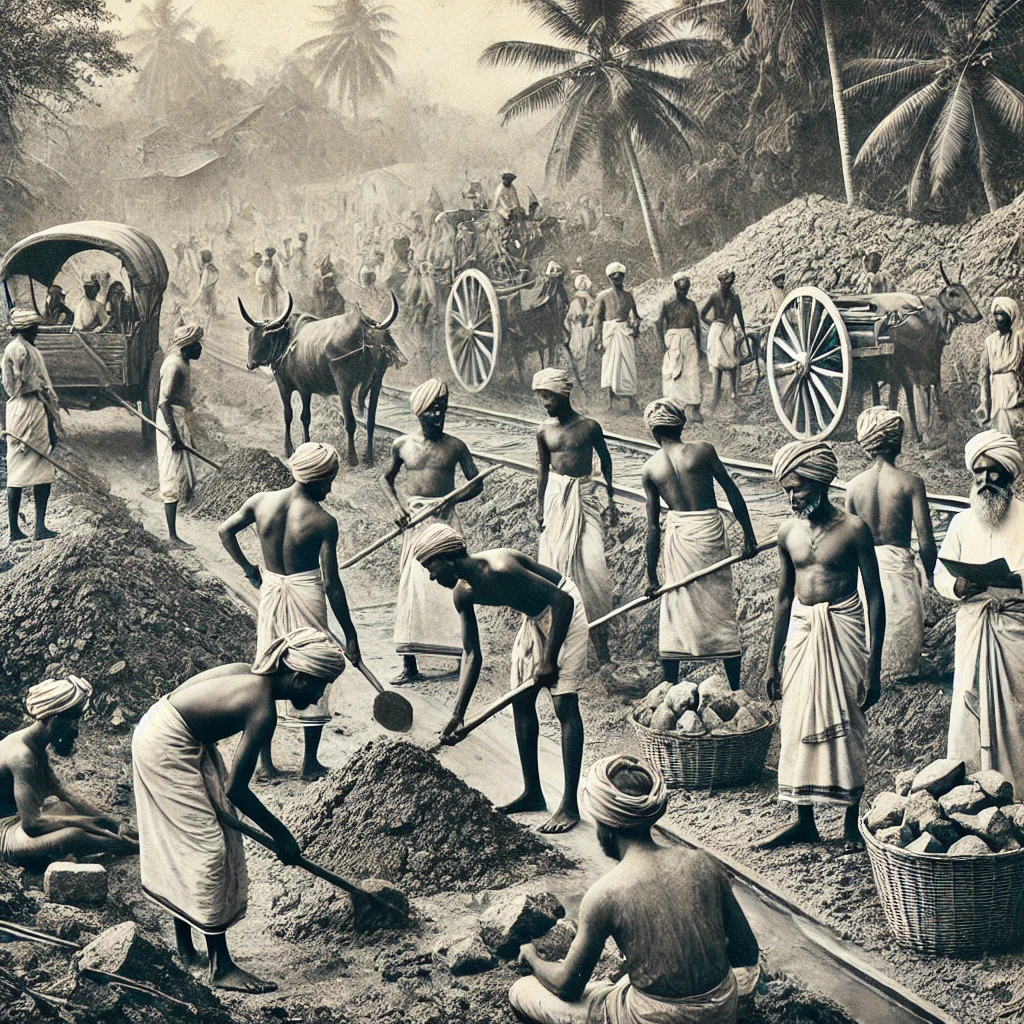
Francis Light and the “New Colony”
When the British East India Company claimed Penang in 1786, they accelerated migration. Tamils arrived in two waves:
- Merchants and Artisans: Chulia traders expanded their networks, financing tin mining and shipping.
- Laborers: Plantation work (rubber, sugar) drew thousands of Tamil indentured workers from Madras Presidency.
The Chettiars: Bankers of Penang
The Nattukottai Chettiars, a Tamil banking caste, set up shop in George Town by the 1850s. Their financier role fueled Penang’s economy, funding businesses and infrastructure. Today, their ornate kottus (heritage mansions) dot Armenian Street.
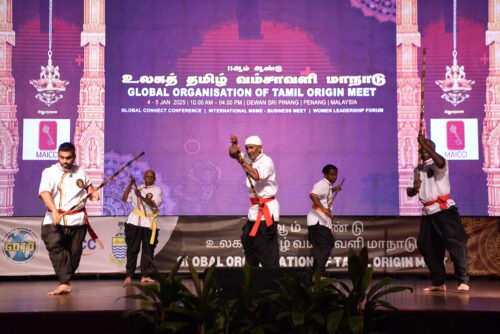
Part 5: Cultural and Religious Contributions
Temples of Devotion
Penang’s oldest Hindu temple, Sri Mahamariamman Temple (1833), began as a humble shrine for Tamil laborers. The annual Thaipusam festival, where devotees bear kavadis (ornate burdens), draws thousands to the Waterfall Hill Temple, echoing rituals from Tamil Nadu.
Language, Cuisine, and Art
Tamil permeates Penang’s linguistic tapestry, with loanwords like kadai (shop) and mami (auntie). Dishes like nasi kandar (spiced rice) blend Tamil-Muslim flavors with Malay and Chinese influences. Traditional dance (Bharatanatyam) and Tamil press (Tamil Nesan newspaper) further cemented cultural ties.
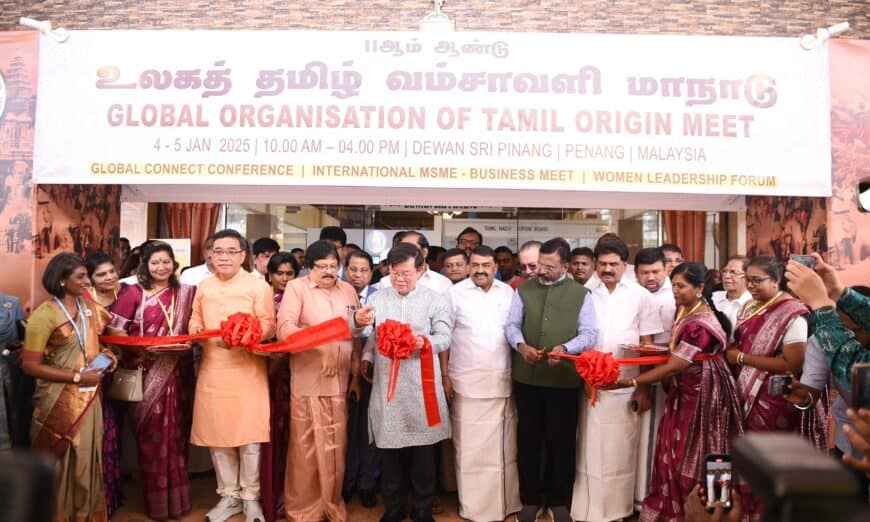
Part 6: The Modern Tamil Community
Preserving Identity in a Globalized World
Today, Tamils form 10% of Penang’s population. George Town’s Little India buzzes with sari shops and banana-leaf restaurants. Organizations like the Penang Hindu Endowment Board safeguard temples, while Tamil schools like SJT(T) Jalan Sungai uphold language education.
Challenges and Triumphs
Urbanization threatens heritage, yet initiatives like UNESCO’s recognition of George Town (2008) celebrate Tamil contributions. Politicians, entrepreneurs, and artists of Tamil descent continue shaping Penang’s identity.
Conclusion
From Chola-era traders to colonial laborers and modern professionals, Tamils have woven themselves into Penang’s fabric for nearly a millennium. Their journey mirrors the island’s evolution—a story of resilience, adaptation, and cultural fusion. As Penang strides into the future, its Tamil legacy remains a vibrant thread in Malaysia’s multicultural quilt.


